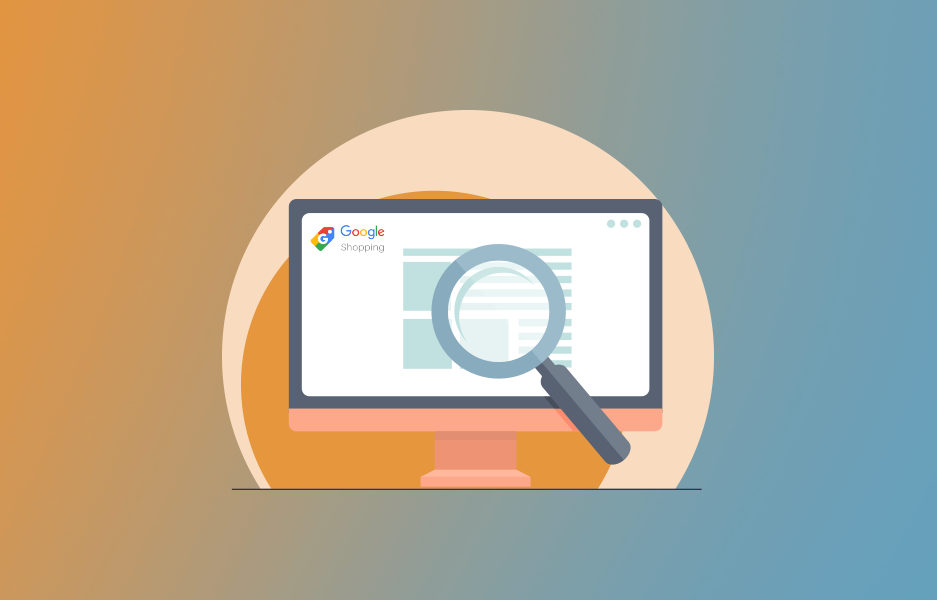In short: MSRP influences perception, MAP enforces discipline. Together, they shape how your brand competes—and how your customers perceive value.
Can MSRP and MAP Be the Same?
If you’ve ever wondered whether MSRP vs MAP can be the same thing, the short answer is: yes, they absolutely can. But to understand how that works, we need to break down what these terms mean, how they’re used, and why they matter to brands, retailers, and even shoppers like you. Let’s dive in.

MSRP vs MAP: What’s the Difference?
MSRP
Manufacturer’s Suggested Retail Price
As the name implies, it’s just a suggestion—a price the manufacturer thinks the product should sell for. According to Investopedia, MSRP is “the price set by the manufacturer for the sale of its product to consumers,” often used as a benchmark for retailers and a signal to buyers about the product’s value. But here’s the kicker: it’s not mandatory. Retailers can ignore it entirely if they want.
MAP
Minimum Advertised Price
It’s a policy set by a brand that dictates the lowest price a retailer can advertise a product for. If a retailer signs an Authorized Reseller Agreement with the brand, they’re legally bound to stick to that MAP—or face consequences like fines, lost privileges, or even lawsuits for damages. MAP is all about control: it helps brands maintain a consistent price floor across their sales network.
When MSRP and MAP Align
So, can these two prices be the same? Yes—and sometimes they are. A brand might decide that its MSRP—the suggested price—is also the minimum price it wants advertised. In this case, the MSRP and MAP are identical. Why would a brand do this? Simple: they might believe this is the perfect price point to balance profitability, brand perception, and market consistency. By setting MAP equal to MSRP, they’re telling retailers, “This is what we suggest, and it’s also the line you can’t cross.”
For example, imagine a gadget with an MSRP of $99. If the brand sets the MAP at $99 too, retailers can’t advertise it for less—though they could still sell it for less in-store or through unadvertised discounts (MAP typically only governs advertised prices). This alignment keeps pricing tight and uniform across the board.
When They Diverge
More often, though, MAP is lower than MSRP—and there’s a reason for that. MSRP isn’t just a guideline; it’s also a psychological tool, retailers may use the MSRP to anchor a higher price point in consumers’ minds. Picture a product with an MSRP of $149 but a MAP of $129. The retailer might advertise it at $129, making you think you’re getting a deal compared to that lofty $149 tag. The MSRP acts like a high anchor, while the MAP ensures the advertised price doesn’t dip too low and hurt the brand’s image or profitability.
This gap between MSRP vs MAP gives retailers some wiggle room. They can discount below the MSRP to attract buyers, as long as they don’t advertise below the MAP. It’s a clever dance: the MSRP sets expectations, while the MAP enforces a floor.
Why It Matters
Whether MSRP and MAP are the same or different depends on the brand’s strategy. If they’re equal, the brand is likely prioritizing consistency and control—everyone’s on the same page, and the price reflects exactly what the manufacturer envisions. If MAP is lower, the brand might be playing a longer game, using MSRP as a marketing tactic while still protecting its bottom line with MAP.
For retailers, the distinction is critical. Ignoring MAP can lead to legal or contractual trouble, while MSRP is more of a gentle nudge than a rule. And for consumers? It’s a peek behind the pricing curtain—next time you see an MSRP on a tag, you’ll know it’s just a suggestion, not a mandate.
The Bottom Line
Yes, MSRP and MAP can be the same, but they don’t have to be. It all comes down to what the brand wants: strict pricing alignment or a bit of flexibility with a psychological twist.
Thank you for reading our post, “3 Reasons Why You Should Consult An Expert About Your MAP Policy Template.” We hope you found it helpful.
Confused by MSRP vs MAP Rules?
Ensure your pricing strategy is protected. We help brands enforce MAP and navigate MSRP confusion across global marketplaces.





